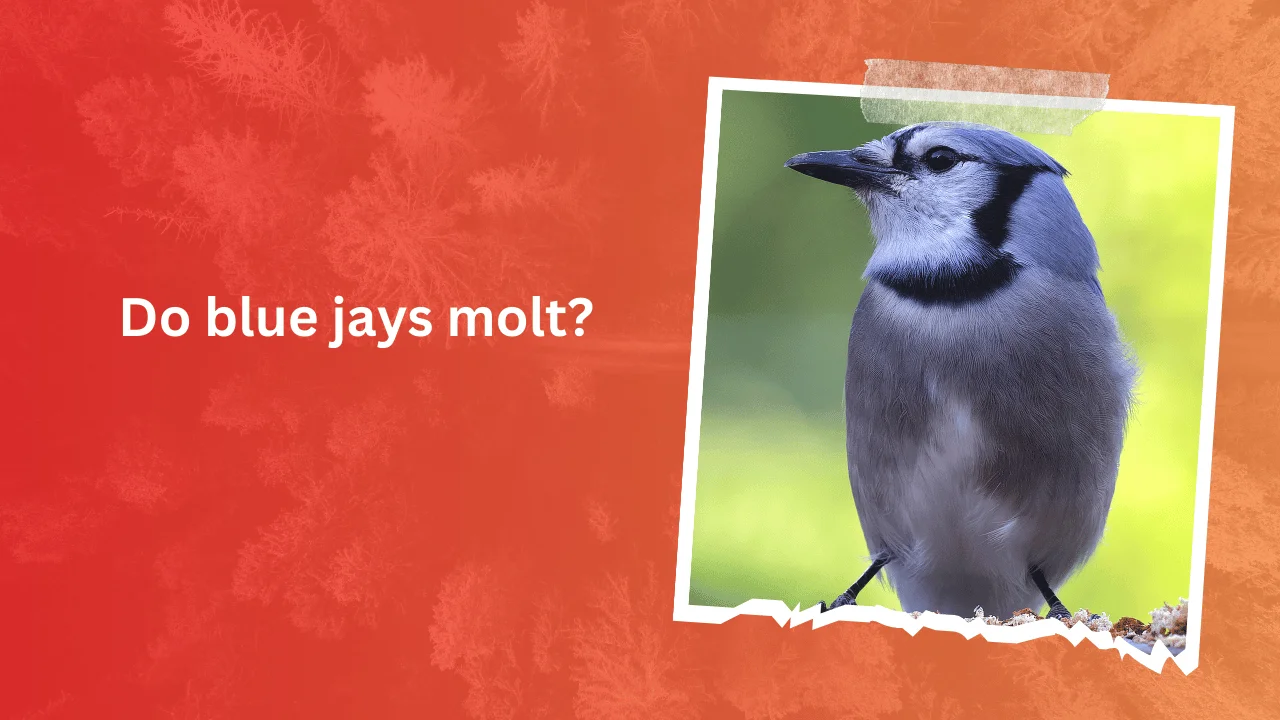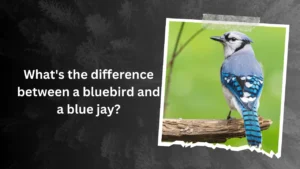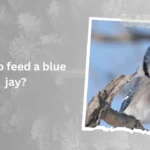The vibrant blue color of a blue jay’s feathers is a striking sight that captivates birdwatchers and casual observers alike.
These stunning birds, with their bold markings and intelligent behavior, not only brighten up backyards but also play a crucial role in their ecosystems. Did you know that the dazzling feathers we admire are not permanent?
Just like many other birds, blue jays undergo a natural process of molting, where they shed and replace their feathers. This phenomenon not only affects their appearance but also their health and survival.
This article delves into the intricacies of blue jay molting, examining how often it occurs, what triggers this fascinating transformation, and why it is vital for their life cycle. While some may see molting as merely a seasonal change, it holds significant implications for blue jays, affecting their ability to fly, stay warm, and attract mates.
Understanding this process can provide insights into the biological resilience of these birds and the delicate balance of their habitat.
Blue jays thrive in a variety of natural environments, from dense forests to suburban gardens, showcasing their adaptability. Their feathers serve essential functions: providing insulation, aiding in flight, and even contributing to their communication with other birds.
In exploring the world of blue jay molting, we not only uncover the wonders of nature but also gain a deeper appreciation for these magnificent creatures. Join us as we unravel the mystery behind their feather renewal and the impact it has on their lives and the ecosystems they inhabit.
Contents
The Molting Process
The biological process of molting is a fascinating and essential part of a blue jay’s life cycle, involving the systematic shedding of old feathers and the growth of new ones. This natural occurrence allows birds to maintain the health and functionality of their plumage, ensuring effective insulation and flight capabilities.
Blue jays typically undergo molting once or twice a year, with timing that can be influenced by factors such as age, health, and environmental conditions. For example, younger blue jays might molt at different times than their adult counterparts, as they may still be developing their plumage.
During the molting period, blue jays experience a series of physiological changes that are crucial for feather regeneration. Hormonal shifts play a significant role in signaling the body to initiate the molting process, prompting the blue jay to begin shedding old feathers.
Additionally, metabolic adjustments occur to support the energy demands of feather growth, as new feathers require nutrients and resources to form properly. As the old feathers are lost, new ones emerge in a staggered pattern, ensuring that the bird retains the ability to fly and maintain its body temperature throughout the molting phase.
Understanding the complexities of the molting process sheds light on the remarkable adaptations that blue jays have developed to thrive in their environments.
Factors Influencing Molting in Blue Jays
The molting process in blue jays is significantly influenced by a variety of environmental factors that can trigger or alter the timing of feather replacement. Temperature and daylight hours are critical cues; as daylight increases in spring and summer, it signals the birds to prepare for molting.
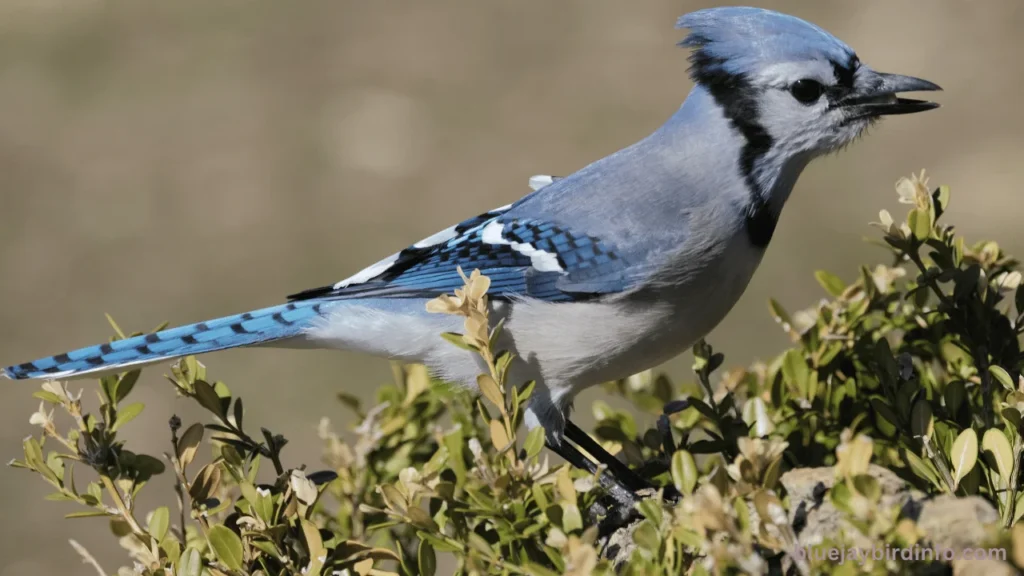
Similarly, food availability plays a vital role; a well-nourished blue jay is more likely to undergo a healthy molt, as adequate nutrition supports the energy-intensive process of feather growth. When food sources are abundant, blue jays can allocate the necessary resources for successful molting, while scarcity may delay or disrupt this crucial life cycle event.
In addition to environmental influences, stress, disease, and injury can significantly impact molting patterns in blue jays. High-stress situations, such as habitat disruption or predator threats, may lead to premature feather loss or abnormal molting schedules, as the bird’s body prioritizes survival over feather regeneration.
Likewise, illnesses or physical injuries can hinder a bird’s ability to molt effectively, potentially leading to uneven feather growth or incomplete molting.
Lastly, genetics and individual variation contribute to the diversity of molting schedules among blue jays. Each bird may have a unique genetic predisposition that affects its timing and efficiency of molting.
Factors such as age and overall health can further influence how and when a blue jay molts, creating a dynamic interplay of genetics and environment that shapes each bird’s experience. Understanding these factors offers valuable insight into the complexities of blue jay life and their adaptations to changing conditions.
Feather Replacement and Growth in Blue Jays
The sequence of feather replacement in blue jays follows a systematic pattern, ensuring that essential flight and contour feathers are renewed effectively. Generally, blue jays start by molting their primary feathers, which are critical for flight, followed by the secondary feathers and then the tail feathers.
This strategic order allows blue jays to maintain their ability to fly efficiently throughout the molting process, as losing all flight feathers simultaneously could jeopardize their survival.
During the growth of new feathers, the formation of feather follicles is a crucial step. Each feather grows from a follicle located beneath the skin, where it begins as a small, fleshy structure.
As the feather develops, it undergoes a transformation, forming feather barbs and the rachis—the central shaft that supports the structure of the feather. The barbs interlock to create the feather’s flat surface, which is vital for insulation and aerodynamic function.
Hormones play a significant role in regulating feather growth, as they trigger the molting process and promote the development of new feathers. Additionally, proper nutrition is essential for healthy feather growth; a balanced diet rich in proteins, vitamins, and minerals supports the formation of strong, vibrant feathers.
Without adequate nutrition, blue jays may experience delays in molting or poor feather quality, affecting their overall health and ability to thrive in their environment. Understanding these aspects of feather replacement and growth sheds light on the intricate biology of blue jays and highlights the importance of their dietary and environmental needs during this vital life stage.
Ecological Significance of Molting
Molting plays a crucial ecological role for blue jays, impacting their flight ability, insulation, and camouflage. As blue jays replace their old feathers with new ones, they ensure that their plumage remains functional and effective for flying.
Well-maintained feathers are essential for aerodynamics, allowing them to navigate their environments efficiently, evade predators, and access food sources. Additionally, fresh feathers provide better insulation, helping blue jays regulate their body temperature in varying weather conditions.
This insulation is particularly important during colder months when maintaining warmth is vital for survival.
The molting process also influences blue jays’ behavior, particularly in terms of foraging, mating, and territorial defense. During molting, blue jays may alter their foraging strategies, as they might be more vulnerable without complete feather coverage.
They may seek shelter more frequently to avoid predation while their feathers are growing back. Furthermore, molting can affect their mating displays; males with vibrant, complete plumage are often more attractive to potential mates.
This can impact breeding success, as those with damaged or incomplete feathers may find it challenging to establish dominance or attract partners during the mating season.
Additionally, climate change poses a potential threat to the molting patterns of blue jays. As environmental conditions shift, such as changes in temperature or seasonal timing, the typical cues that trigger molting may be disrupted.
This could lead to misaligned molting cycles, impacting blue jays’ health, reproductive success, and overall population dynamics. Understanding the ecological significance of molting in blue jays underscores the interconnectedness of their life cycle with environmental factors and highlights the importance of conservation efforts to ensure the stability of their populations.
Feather Characteristics and Molting
The relationship between feather characteristics—such as color, size, and shape—and molting patterns in blue jays is both intricate and fascinating. Blue jays are renowned for their striking blue plumage, which not only serves as a visual delight but also plays a crucial role in their behavioral interactions.
During the molting process, these feathers undergo significant changes, affecting the bird’s overall appearance. For instance, new feathers may initially appear duller or less vibrant until they fully develop and achieve their characteristic rich hues.
This transitional phase can influence how blue jays interact with their environment, as they might become less conspicuous to predators or competitors while their plumage is still coming in.
Additionally, molting can affect the size and shape of feathers, which may influence a blue jay’s aerodynamics and flight capabilities. As they shed old feathers and grow new ones, the variations in feather size can impact their agility and maneuverability during foraging or evading threats.
Seasonally, the timing of molting aligns with the availability of resources; for example, blue jays may prioritize molting during late summer when food is plentiful, allowing them to recover their energy while undergoing this demanding physiological process.
The appearance and behavior of blue jays also change with the seasons, as their vibrant feathers play a critical role in territorial displays and mating rituals. During the breeding season, the striking color of fully molted feathers can help attract mates and establish dominance within social hierarchies.
Conversely, during the molting phase, blue jays may adopt more subtle behaviors, seeking shelter and being less aggressive as they navigate the challenges posed by their temporary feather loss.
Overall, the interplay between feather characteristics and molting not only affects the aesthetics of blue jays but also profoundly influences their survival and social dynamics throughout the year.
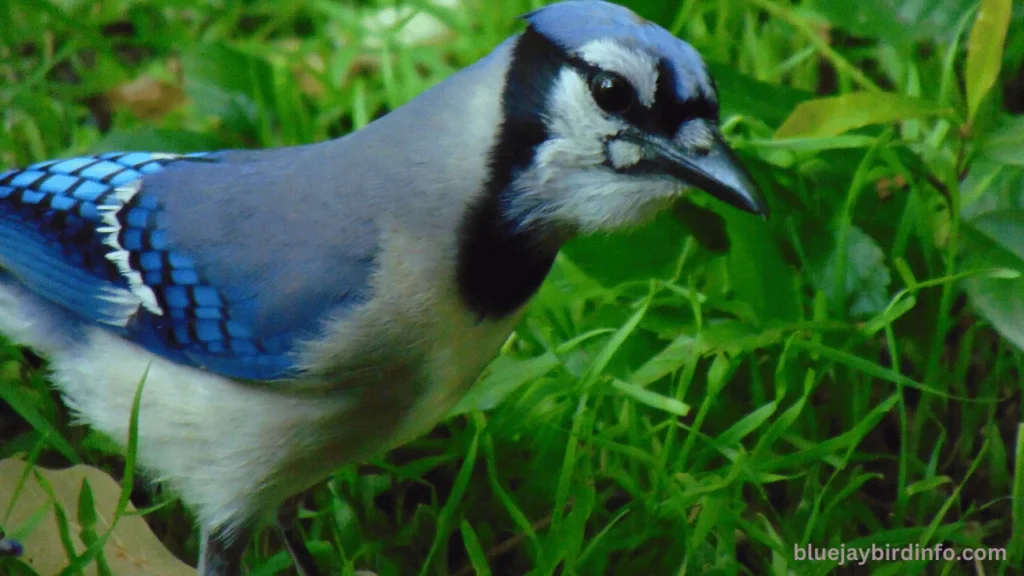
Conclusion
In summary, blue jays undergo a fascinating and complex molting process that is essential for their health and survival. This article explored the intricacies of molting, including the biological mechanics of feather replacement, the various factors influencing this natural phenomenon, and the ecological significance of having healthy, vibrant feathers.
We also discussed the relationship between feather characteristics and molting patterns, highlighting how the timing and quality of this process can affect the bird’s behavior, social interactions, and overall adaptability in their environment.
Understanding blue jay biology and the ecological significance of molting is vital for appreciating their role in our ecosystems. This knowledge not only enhances our admiration for these beautiful birds but also underscores the importance of conservation efforts that protect their natural habitats and the delicate balance of the ecosystems they inhabit.
I encourage readers to get involved with citizen science projects or conduct their own observations of blue jays in their local areas. By sharing your findings and experiences, you can contribute to our growing understanding of blue jay biology and feather dynamics, ultimately supporting the conservation of these remarkable birds.
Also, read other articles related to Blue Jay Habits!
FAQ’s
Do blue jays molt every year?
Yes, blue jays typically molt once a year, usually in late summer or early fall, to replace their old feathers with new ones.
What triggers the molting process in blue jays?
Molting is influenced by various factors, including changes in daylight, temperature, and the availability of food, as well as the bird’s overall health.
How long does the molting process take?
The molting process can vary but usually lasts several weeks, during which blue jays shed and grow new feathers.
What happens to blue jays’ behavior during molting?
During molting, blue jays may become less aggressive and more reclusive as they conserve energy and seek shelter while their feathers are growing in.
Can molting affect a blue jay’s flight ability?
Yes, molting can temporarily affect a blue jay’s flight ability as they may have uneven or missing feathers during the transition, impacting their aerodynamics.
How can I help blue jays during their molting period?
Providing a consistent and nutritious food source, such as birdseed and suet, can help blue jays maintain their health and energy during the demanding molting process.

